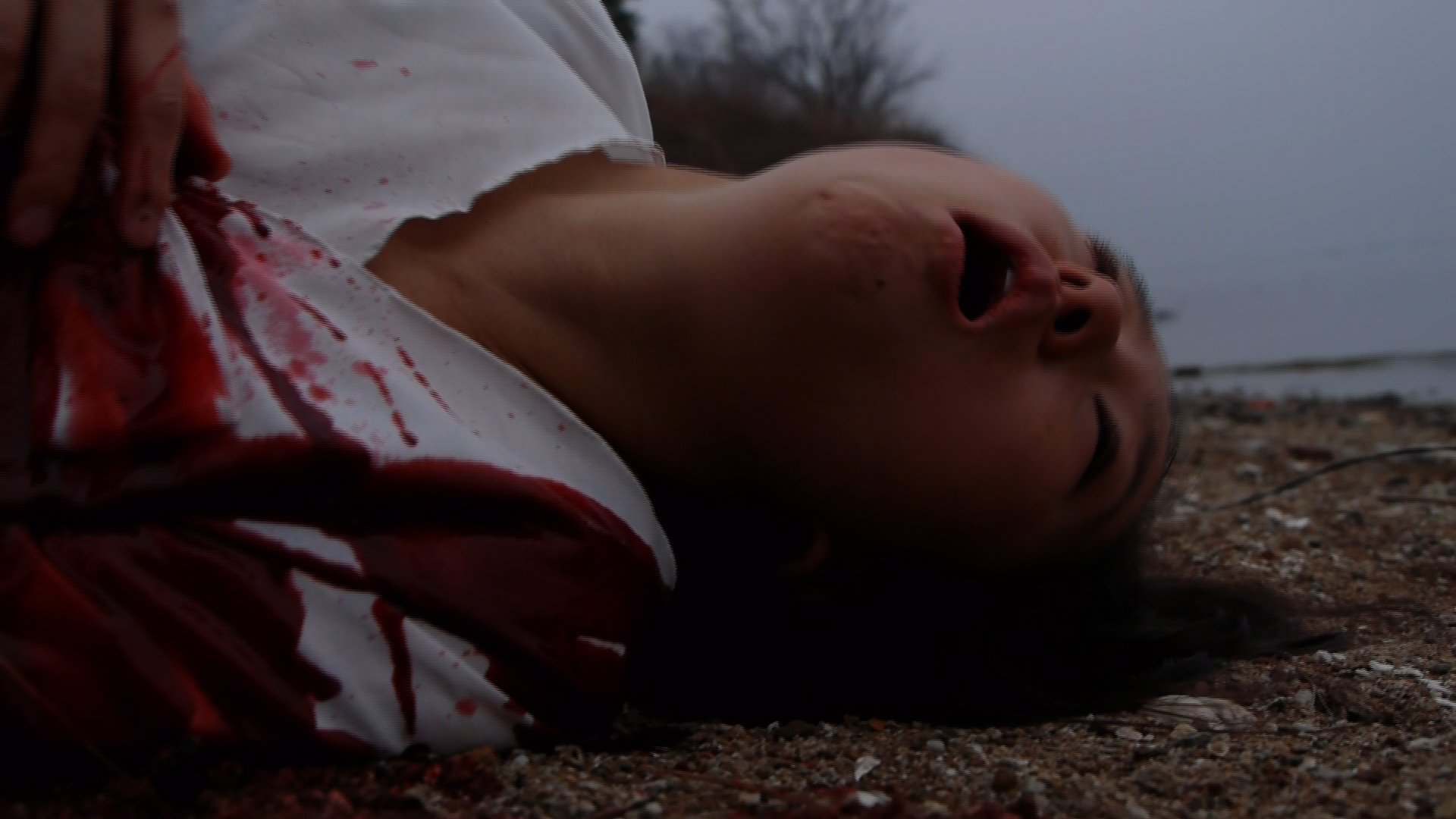bloodsea
Installation with Salt, 2010
1. space of cleansing; salt room
When the audience would enter the space, they would find the floor is filled with salt.
The visitor walks in and passes the space.
2. room with two channel video projections
The exhibition explores the women’s archetype submerged in the people’s unconscious realm. The realm is the domain of silence, where people cannot utter the language in the conscious world. The prohibited language became debris of the fragments of dead bodies. Pieces of the human flesh embody the dead female archetype, which appears only in our unconscious realm, the dream world. The dream world only allows us to have access to communicate with our nature, the earthly bonded from the core of our planet.
In the north, certain things cannot be said.
In the south, certain things cannot be said.
Eventually, these realms subsist the reality of the division of the Korean Peninsula.
“bloodsea” is to visualize and to spell those unuttered.
bloodsea (video 1)/ Installation, 2011/ original length: 10min
The film shows a woman dressed in white submerging under the water embarking on a surreal journey, dreamlike sequence of a woman crossing the border from North Korea to China. The image traverses the space across the dream world and the physical world. Later, the woman who defected from North Korea reveals herself to be the martyr depicted in the epic North Korean film/ musical theatre piece “Pibada” (Bloodsea), who devotes her life to regain her fatherland from “foreign invaders.” The North Korean socialist aesthetics will be appropriated in a dreamlike way in the film.
bloodsea (video 2)/ Installation, 2011/ original length: 10min
The night sky cityscape of Seoul is projected on the screen. There are numerous red crosses in residential area, full of small houses on hill side, high tall buildings, and many cars on the streets.
One night, I had a dream. In the dream, I was flying in the city of Seoul while sprinkling white salt over residential area built on a hillside. Red crosses were standing with close distance below me.
Location Shooting: Seoul, South Korea
When I was living in the U.S., I had a chance to visit a Korean church. I have witnessed people singing intoxicated by hymns sung in a mass group. The experience reminded me of my childhood where we sang ideological songs for the “dear great leader” Kim Il Sung in a similar mood. At that time, my official nationality was North Korea, yet I was born and raised in Japan. My childhood education came from a school organized by small North Korean community in Japan. My first visit to South Korea was in 2005. On my first visit, red crosses illuminating cityscape of Seoul jolted my sight. I started to draw a lineage between fanaticism surrounding Korean Christianity to the fanaticism surrounding Kim Il Sung. That lineage has a more complicated kinship to the millions of deaths over the past decades in the Korean peninsula.
















